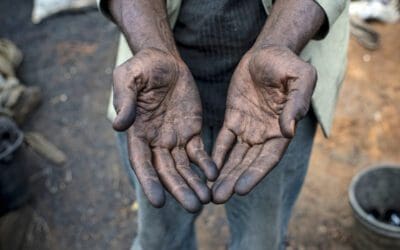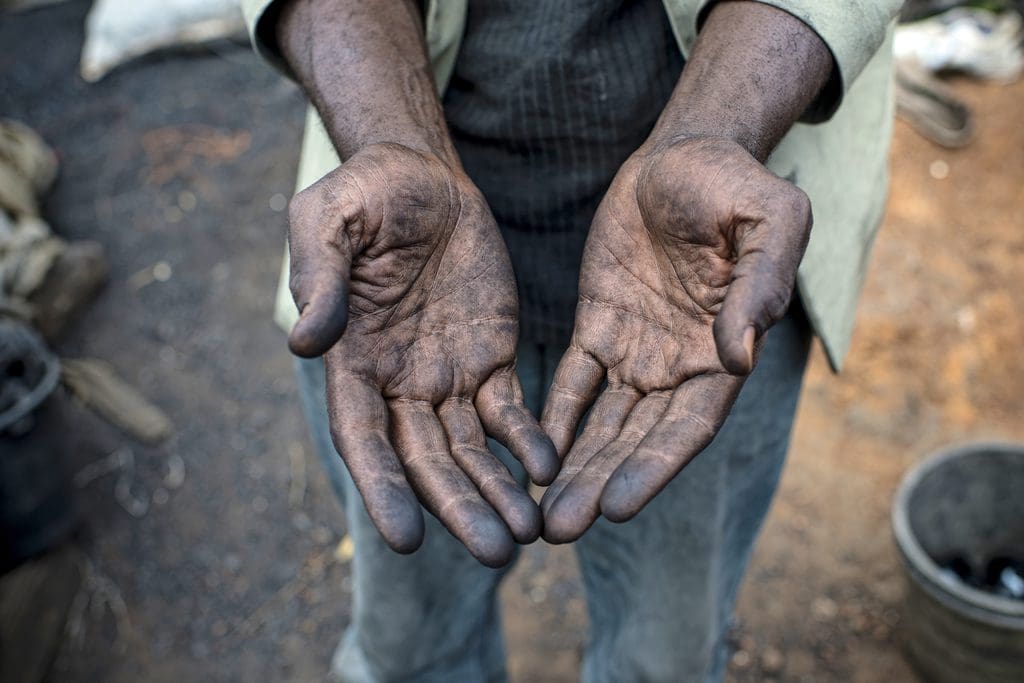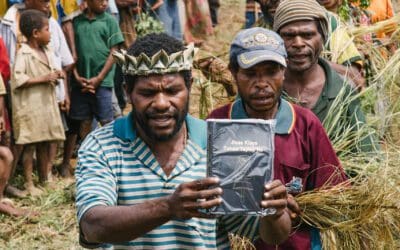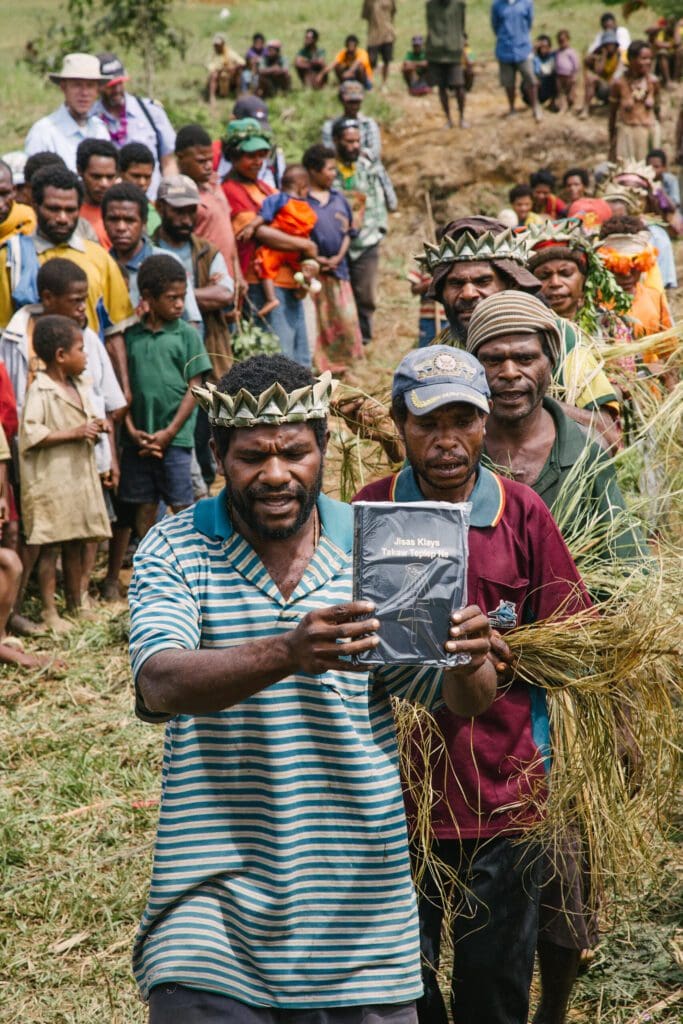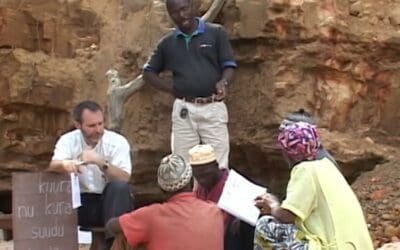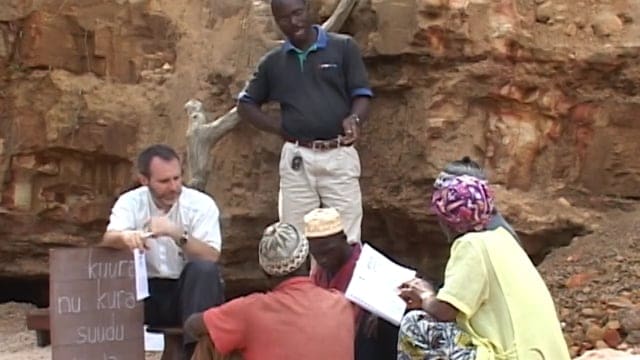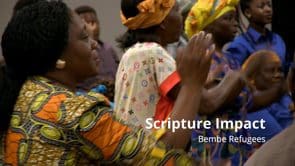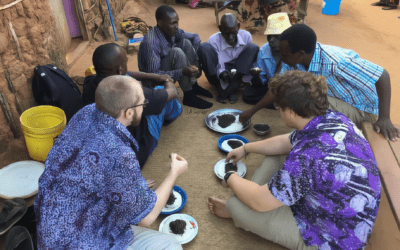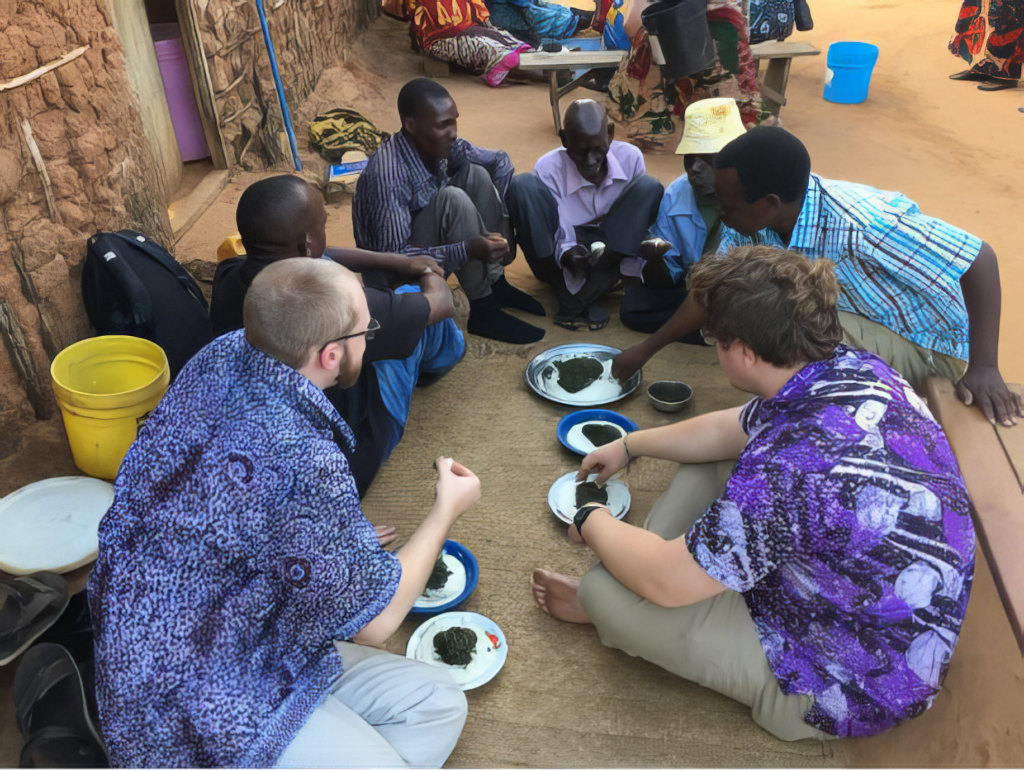Kawah men aren’t much for jewelry, aside from traditional amulets for spiritual protection. But my Kawah lady friends love all things shiny. Sequins and metallic embroidery threads are their favorite fashion statements. Cheap costume jewelry abounds in the market, where fake gold is all the rage. They prefer gold to silver hands down.
Maybe it’s hereditary, dating back to the Ghana Empire (sixth to thirteenth centuries) followed by Mansa Musa’s Mali Empire. In the 1400-1500s, West Africa was a prominent exporter of gold to the rest of the known world. None of the eight Fatoumatas among my neighbors has ever owned the real stuff, though gold is mined artisanally in the east side of our host country. The local jewelry makers only work with silver because it is affordable.
When it comes to gemstones or semi-precious stones, my neighbors know that folks out East mine diamonds along with gold. They’ve seen western women wearing diamond engagement rings or wedding sets. Their gems, however, are colored plastic imitations inset in shoes, purses, or earrings.
Bold colors compliment my friends’ dark skin tones perfectly, and they know it. Yet their language has only three names for colors: black, white, and red. Strangely enough, the Kawah have adopted the French word bleu for blue while ignoring all the other French color words. It’s not that the Kawah people are color blind. Their eyes distinguish color nuances just like yours and mine do. But their language doesn’t name most colors with a single word like English does. This isn’t unique to them; many languages worldwide only have three traditional color words.
So what happened when our Kawah translation team hit Exodus 28, which describes the High Priest’s holy garments? When they came to verses 15-21, how did they handle all those gemstones on Aaron’s breastpiece? What is a breastpiece, anyway?
The High Priest’s breastpiece translated into Kawah as “the judgment pocket which the Big Priest wears on his chest.” That turned out to be the easy part, since scholars generally agree on what the breastpiece was and how it was used.
Not so with the gemstones.
Our national co-translators Amara, Alseny, and Raymond consulted four different French translations for guidance: Nouvelle Bible Segond (more literal), Semeur (similar to the NIV), Parole de Vie (simplified French), and Français Courant (similar to the TEV). Each translation used different names for the stones.
We also consulted the original Hebrew text. Unfortunately, that didn’t solve the problem, either. (If it did, we wouldn’t have widely varying English translations for these gems.) Consider the names for the first row of gems as rendered in the New International Version, New Living Translation, and English Standard Version:
“The first row shall be carnelian, chrysolite and beryl.” (NIV)
“The first row will contain a red carnelian, a pale-green peridot, and an emerald.” (NLT)
“A row of sardius, topaz, and carbuncle shall be the first row.” (ESV)
Even after the translators had chosen the stone names, they still had to contend with the colors. I certainly didn’t know the colors of the gems in the whole NIV first row before I looked them up online. I learned that chrysolite may reference a peridot (which I already knew because it’s my birthstone) or an emerald. Okay. Variations of green.
Then I made the mistake of looking up colors for the other stones. It only clouded the matter more.
I know from watching the Wizard of Oz multiple times what emerald is. I always assumed onyx was black, only to find out it also comes in blue and yellow. Topaz was way worse. Its principal variations are sky blue, Swiss blue, violet, pink, and amber. Looking at agate varieties can be dizzying.
When all was said and done, Team Kawah came up with the following gemstone descriptions for the breastpiece:
Row One: a red stone, a stone the color of the yellow fruit inside the pod of the African locust bean (parkia biglobosa, if you want to look this one up to see its beauty), and a blue colored stone mixed with the color of fresh growth on trees (green)
Row Two: deep red stone, blue colored stone, diamond
Row Three: stone the color of an orange, stone with many colored stripes, stone the color of a local purple fruit
Row Four: a stone of deep green color, a stone with splotches of color, and a green stone
It’s a good thing Genesis comes before Exodus. The Kawah translators had already chosen words for “stripes” and “splotches” when they translated descriptions of the sheep Jacob received as wages in Genesis 30!
I’m grateful that the biblical text didn’t record how the gems were to be cut. That would have added another layer of complexity. Just think how gemstone cuts are named: round, oval, baguette (Isn’t that a loaf of bread?), heart, and emerald, to name a few. Yes, emerald. It’s the name of both a stone and a cut.
Getting a good description of the High Priest’s breastpiece may seem insignificant to us. But many West African people groups maintain a clear sense of the sacred versus ordinary that has been lost on us Westerners. Aaron’s clothing highlighted the holiness associated with his position and authority. For the Kawah translators, in approaching sacred objects, every word needed to be handled with care. It showed respect for God, whom they fear, yet are learning to love. Describing this breastpiece with accuracy mattered to them because it mattered to God, who chose each stone for His purpose and glory.
Aaron’s clothing highlighted the holiness associated with his position as High Priest, so every word needed to be handled with care.
The end result of the extensive discussions about how best to translate the details of Aaron’s breastpiece into Kawah was this: Amara, Alseny, and Raymond dressed Aaron in finery. His breastpiece glittered, but not with anything imitation. No, this intercessor between God and humanity was dressed to reflect God’s riches and sovereignty.
Like our Kawah co-translators, my husband doesn’t care much about jewelry. He’s also color blind, so he couldn’t really appreciate the many nuances involved in selecting the words for translating all those gemstones. But he cares about the things of God, and God used him — a color blind Bible translator — to help make Aaron’s breastpiece shine.

